Kyoto: The City Where Time Stood Still
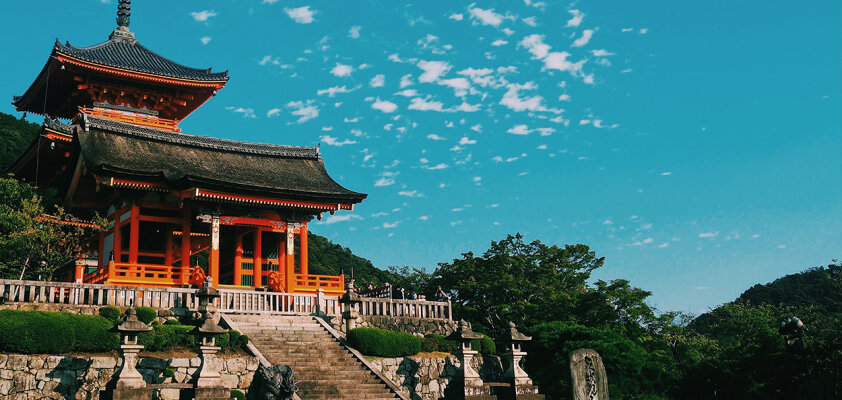
The cultural capital of Japan is one of the most popular travel destinations in the Far East, and yet it has retained its traditional charm. Discover why a visit is worthwhile in every season and explore the various facets of the famous Kyoto in Japan in our travel article.
Center of living history
Picturesque temples and shrines, historic alleyways, and Japanese cherry blossoms as far as the eye can see – these images often come to life in Kyoto. It's as if you've traveled far back to the era of emperors and shoguns. For anyone who has visited the former capital, it's hard to miss why tourists in Japan specifically plan a trip here. Not surprisingly, alongside Osaka and Tokyo, Kyoto is one of the most visited cities in Japan.
Seventeen structures in Kyoto Prefecture have already been declared UNESCO World Heritage sites, making the city home to one of the world's largest collections of such landmarks. The abundance of historical treasures in Kyoto was also preserved before the destruction of World War II: Kyoto was explicitly removed from the list of target locations for the American atomic bomb due to its recognition as a valuable cultural monument for humanity.
The Imperial Palace serves as a reminder that Kyoto was once the capital of Japan. As the residence of the emperor for over a millennium (794 – 1868), it was the center of the country. Since Kyoto was then called Heian-kyo, a part of this era until 1185 is also referred to as the Heian period. The name Kyoto 京都 means nothing other than "capital." In contrast, Tokio 東京, even though it looks like an anagram, can be translated as the "eastern capital."
Across from the Imperial Palace is the Sento Palace, which served as the residence for retired emperors. Unlike the Imperial Palace in Tokyo, both palaces are accessible to visitors – providing an up-close experience of aristocratic life in Japan.
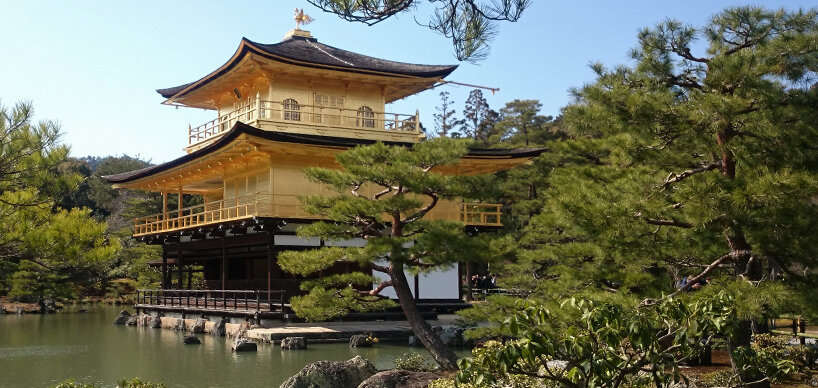
Place of spirituality and relaxation
Among Kyoto's major attractions are Buddhist temples. Some of the most famous ones include Kinkakuji – the Golden Pavilion – and Ginkakuji, the Silver Pavilion. Both are surrounded by expansive, intricate Japanese gardens. Particularly, the garden at Ginkakuji is often less crowded, serving as an oasis in the midst of the city, inviting visitors to linger and reflect. On the other hand, visiting the Golden Pavilion in Kyoto on a sunny day rewards with its brilliance, especially as it unfolds in the rays of light.
Fascinating gardens in a tranquil setting can also be found in the northern Zen temple complex of Daitokuji. From conceptual landscape gardens to the world's smallest rock garden, there is much to admire here. Each temple and garden is unique, and with special tours and explanations in English, visitors can learn a lot about the mythological significance of individual elements. While not all temples are open to the public at all times, some can – and should – definitely be visited. Ryoanji in the city center is also known for its "floating" rock formations in the Karesansui rock garden. Find out here about the types of Japanese gardens you can explore in Kyoto.
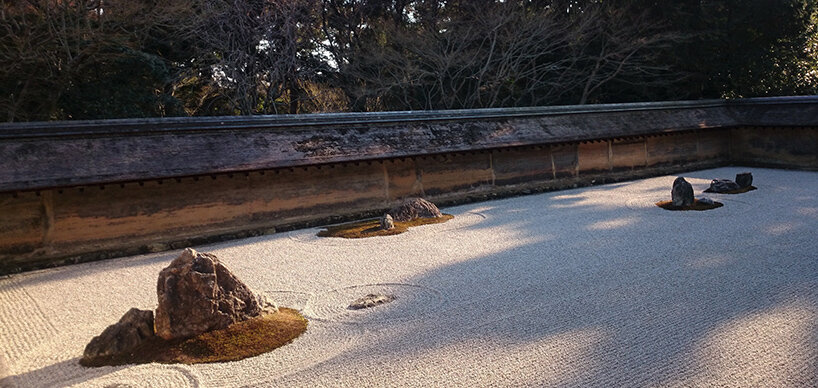
The temples in Kyoto are not only impressive but also record holders: Toji in the south of the city, with its famous five-story, nearly 55-meter-high pagoda, boasts the tallest wooden tower in Japan. Shinto centers like the Yasaka Shrine in Gion, the Geisha district, also have impressive pagodas to offer. And much more, as we will learn below.
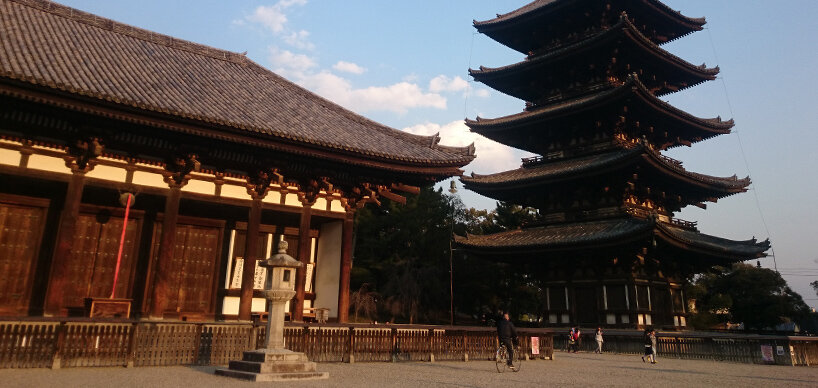
Speaking of tall buildings: Anyone arriving at Kyoto Station will notice the large tower, illuminated at night and impossible to overlook: the Kyoto Tower. While it's only less than half as tall as the Tokyo Tower, it is still the tallest structure in the city. At 100 meters above the ground, you can enjoy a panoramic view of Kyoto and purchase souvenirs. This is possible until 9 p.m., perfect for watching a sunset over the city or taking in its fascinating nighttime lights.
Home of the Geisha
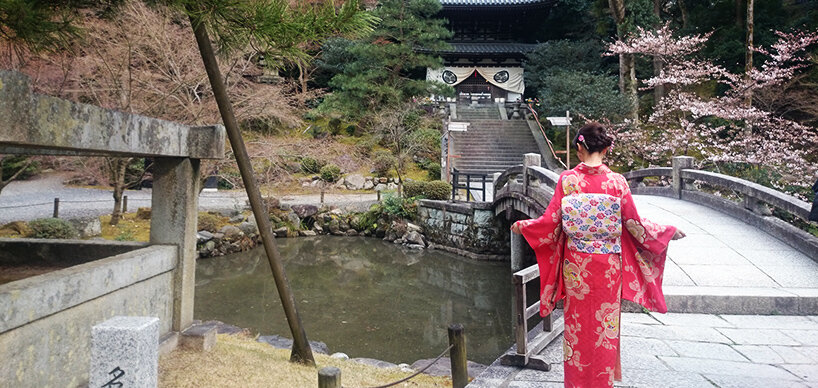
In Kyoto, you can not only admire old buildings but also immerse yourself in the history of Japanese culture. One of the most famous attractions in Kyoto is the Gion district (祇園), especially because of the tradition of Geisha, which originated here and is still very much alive today. Strolling through its lantern-lit streets, especially at night, you might be lucky enough to spot a real Geiko (as Geisha are called in Kyoto) or Maiko (an apprentice Geiko) rushing to her next appointment. If you want to dine in one of the restaurants where Geisha work, you'll need either a personal invitation or a lot of money – often both.
In Maruyama Park and at the Shinto Yasaka Shrine, you'll regularly encounter "women of the arts" who occasionally pose for tourists. But beware: behind some painted faces and flowing kimonos might be another tourist simply dressed up. You can learn how to identify a real Geisha here.
If you don't catch a glimpse of a Geisha on the street, don't be disappointed. Just visit one of the special Geisha shows held every evening at Gion Corner, a theater in the Geisha district. These shows are not as expensive and authentic as real Geisha performances, but you can experience genuine Maiko and get a glimpse into their arts: the traditional Japanese tea ceremony and ikebana flower arranging, Koto playing, Kyo-mai dance, and even Bunraku puppet theater.
More formal are the Geisha dances that take place several times a year. Here, apprentice and professional Geisha from each district showcase their talents. The largest event of this kind is Miyako Odori in early April, featuring Geisha from Gion. Additionally, Geisha from another part of Gion also display their skills in early November during Gion Odori.
Gion is also famous for the grand festival named after the district, the Gion Matsuri. Residents and visitors celebrate throughout July in colorful streets and snack stalls. The focal point of the festival is the Yasaka Shrine. The Maruyama Park in the Gion district is also well-visited during cherry blossom season, offering entertainment and traditional food at numerous stalls.
Flora and fauna within reach
Even in the vicinity of the city, Kyoto has a lot to offer, so it's worth bringing a few extra days for a visit. Taking a short train ride, you can reach the famous Fushimi Inari, the "Shrine of a Thousand Torii." This shrine is dedicated to the goddess of travel and sake. The many fox statues along the way remind visitors that foxes are Inari's messengers. The iconic red gates, or torii, must all be passed through before reaching the summit at 233 meters, where the actual shrine is located. While the hike takes several hours and can be challenging, it's especially rewarding in the evening, offering a unique view of the sunset over Kyoto. And afterward, you can proudly claim to have climbed a mountain—an activity quite popular among nature-loving Japanese.
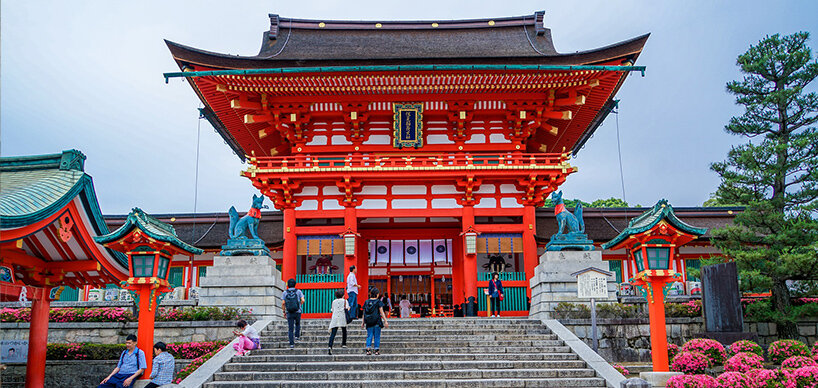
A slightly different form of nature awaits visitors in the Arashiyama district. Very close to Saga-Arashiyama train station, you can stroll through a real bamboo forest—and afterward, even feed the monkeys. To do the latter, you must first take a somewhat longer walk uphill to the monkey park in Iwatayama. Once there, you'll encounter dozens of macaques curious about visitors. In a small hut with barred windows, you can buy pieces of fruit and nuts that the monkeys will gladly snatch from your hand. But only through the bars! There are some rules to follow in the monkey park: avoid getting too close to the monkeys and avoid direct eye contact, as they may feel threatened and attack. If you follow these rules, the monkeys will happily pose for a photo or two.
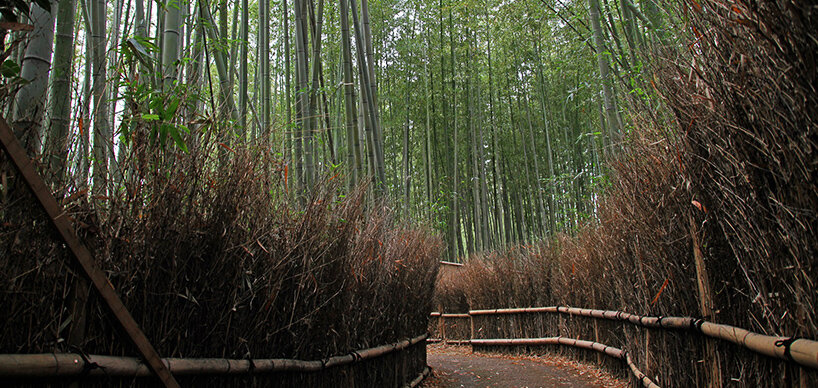
But you don't have to travel all the way to the west to Arashiyama for a bamboo forest. Kyoto also offers the impressive trees, which can grow over 30 meters high, right in the center around the Zen temple Kodaiji. This temple is particularly interesting at night. During specific periods in spring, summer, and autumn, it provides a unique experience: nighttime illuminations light up the temple and garden, and light shows with music can be the highlight of an evening in Kyoto. The small lake looks particularly mystical at night when the illuminated black pines are reflected in it. Other temples also offer nighttime illuminations, depending on the season. Kiyomizu-dera, the former seat of the shogun (Samurai warlords), offers a spectacular view and a waterfall from an elevated position. Especially during the time when the Japanese cherry blossoms bloom in Kyoto, beautiful photos can be taken in the nighttime illumination.
These blossoms are usually visible in Kyoto between mid-March and mid-April. If you want to combine the enjoyment of cherry blossoms in Japan – Hanami – with a city tour, the "Philosopher's Path" is recommended. It starts at the Ginkakuji Temple and follows a canal surrounded by cherry trees. Along the way, there are, of course, many opportunities for refreshments, snacks, and souvenirs. After two kilometers, you will reach Nanzenji, another popular temple with an extensive rock garden, quite close to Gion.
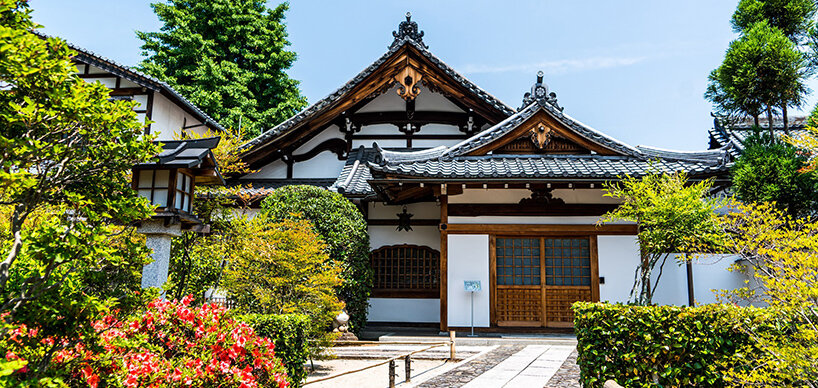
Another natural attraction is visible in autumn: brightly colored maple leaves. They are particularly popular around the Tofukuji Temple in the southeast of the city. During other seasons, the Zen temple is not as crowded and offers a peaceful view of its unique Japanese Zen garden.
Located a bit further south than the bamboo forest in Arashiyama, about half an hour by train, is Nara. This city also once housed the Japanese emperor, serving as the capital, but for a much shorter period: from 710 to 794 AD. Accordingly, there is also a palace and numerous important temples to visit here. For example, Kofukuji, where the Fujiwara aristocratic family lived as the most powerful clan of its time.
In the Todaiji Temple, you will find not only an impressive 15-meter-tall bronze statue of Buddha but also "Buddha's Nostril." This opening in a column of the temple is surrounded by a legend: whoever can crawl through it will attain enlightenment in the next life. It is approximately the size of the nostril of the bronze statue and not so easy for tall people to overcome, while children can quickly and easily crawl out on the other side.
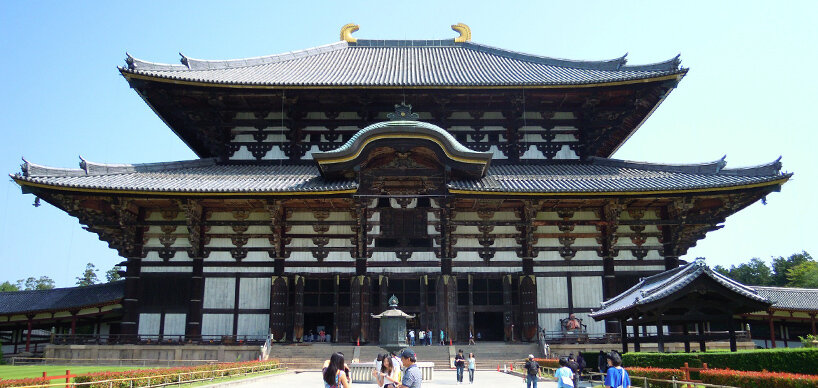
However, another main attraction of Nara is somewhat different: its flora and fauna. Through the primeval forests, which are part of the UNESCO World Heritage site, herds of sacred deer roam. These animals are considered sacred because the god to whom the local Kasuga Shrine is dedicated is said to have ridden into the city on a deer—specifically from the place Kashima, whose characters 鹿島 also mean "Deer Island." Similar to the monkeys in Arashiyama, you can feed the deer here as well, without fearing any aggression on their part. Petting the deer is one of the favorite activities of visitors in Nara. If you're lucky, you might even receive a bow: it's likely that animals have picked up this politeness from the locals and learned that it leads to excitement and, consequently, more food.
What do you eat in Kyoto?
Not only deer are hungry – as a visitor, you certainly don't want to miss out on the delicacies in Kyoto. Like every region in Japan, Kyoto has its own local specialties. Apart from the typical Japanese dishes that you must try, you'll also find foods that are not easily found elsewhere—or simply taste exceptionally good in Kyoto. Traditional Japanese cuisine often features tofu: whether cooked in broth, fried, or as soybean milk foam, which is dried and added to stews as Yuba. Combined with fresh, seasonal vegetables, this makes up the Japanese cuisine influenced by Buddhism: Shojin Ryori. Snack stalls alternate with high-quality restaurants, offering something for every taste, and you won't be disappointed anywhere: whether it's Ramen or Soba, Katsu or Yakitori. If you want to experience Japanese cuisine away from the big chains in Kyoto, take a detour through the charming alleys and visit one of the small shops that open with sliding doors. Ask locals or your hosts for tips on where they like to eat. You can explore various options at the central Nishiki Market, where samples and small delicacies await at every corner. Even in shopping malls, you'll find dedicated food sections where beautifully arranged food can be not only admired but also tasted. Sweets are often regionally inspired and make great souvenirs.
Small traditional shops, for example, in Gion, offer variations of Kyo Gashi, Kyoto sweets. These can be small flower-shaped candies that melt in the mouth, or filled Daifuku rice cakes with cherry blossom aroma, Baumkuchen with high-quality Matcha biscuit, or artistically decorated pralines with rice, bean paste, and molasses, featuring natural motifs. The latter are also used at the imperial court, during tea ceremonies, and other important events. If you ever want to make sweets yourself, some confectioneries offer classes for tourists.
Where to stay overnight in Kyoto?
As an important tourist city, Kyoto offers many accommodations near the main attractions. From capsule hotels to hostels and luxury hotels, there's something for every taste. Hotels in Gion are particularly popular and tend to book up quickly. Therefore, especially during peak times such as the cherry blossom season in Japan or in the summer during the Gion Matsuri, it's advisable to book as early as possible.
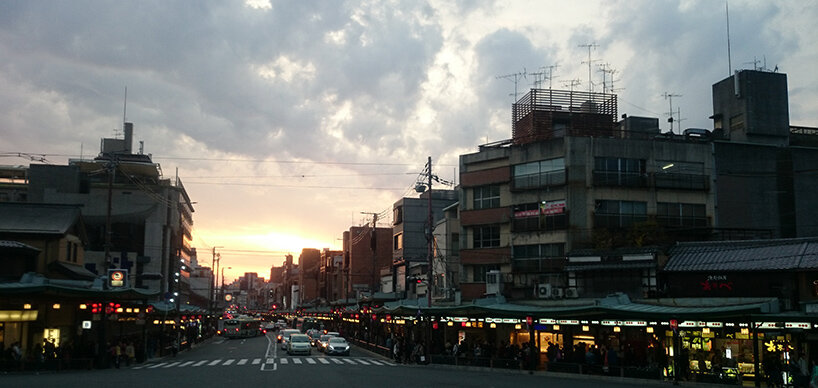
If you prefer it traditional and "truly Japanese," we recommend staying at a Ryokan, a traditional Japanese guesthouse with rooms featuring tatami mats. Ryokans often offer the experience of wearing a yukata for a visit to an onsen and enjoying a delicious Japanese kaiseki ryori dinner with local specialties, served in multiple courses that complement each other in taste and nutrients.
Additionally, in Kyoto, you can rent old townhouses called Machiya, which belonged to merchants and craftsmen in the past. Today, they are equipped with modern comforts while maintaining a very traditional ambiance. If this option is too expensive, you may also consider Airbnb: nothing is more authentic than being a guest in a real Japanese apartment or a private home.
How to get around in Kyoto?
While Tokyo has two railway networks that make every district easily accessible, getting around Kyoto is best done by bus. For 230 yen per ride (120 for children) – regardless of their duration – the Kyoto City Bus takes visitors to attractions in every corner of the city.
Bus travel itself is not difficult – provided you follow some tips and avoid cultural misunderstandings:
- Everyone boards the bus at the rear and exits at the front
- You must pay for the ticket in cash, preferably exact change, to the driver. If you have larger bills, you can exchange them for change up to 1000 yen at a machine located at the front with the driver
- Show your ticket again when you disembark
- Alternatively, you can use smart cards like SUICA, which can be charged. With this, you just need to scan at a special device at the entrance, and you're good to go
- One challenge in Japan is that few drivers speak English, but most of the bus stop signs are in English.
For those who prefer a bit of exercise, cycling in Kyoto is an option. The flat and well-maintained roads are perfect for a bike tour, allowing you to travel flexibly, explore many sights on the go, and discover hidden gems that are otherwise hard to reach. Renting a bicycle in Kyoto is not expensive and is straightforward – you just need to get used to the left-hand traffic.
For longer journeys, Tokyo's central station is the starting point for all Japan Rail trains or intercity buses. At Kyoto Station, you can learn a lot about the history of railways at the city's newest museum, the Kyoto Railway Museum.
The cultural capital of Japan: always worth a visit
Whether it's hiking or a Geisha show, a culinary heaven or dizzying heights: with our insight into Kyoto's wide range of offerings, we hope your next trip to Japan will be a success. We have compiled the sights and tips in Kyoto that we wholeheartedly recommend.
Everyone has their individual experience on a journey, especially in a city with so many faces and stories. If you have been to Kyoto before: what was your personal highlight, and what did you discover that others might not know?

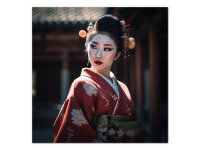
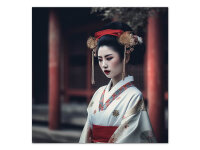

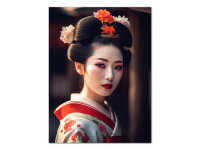
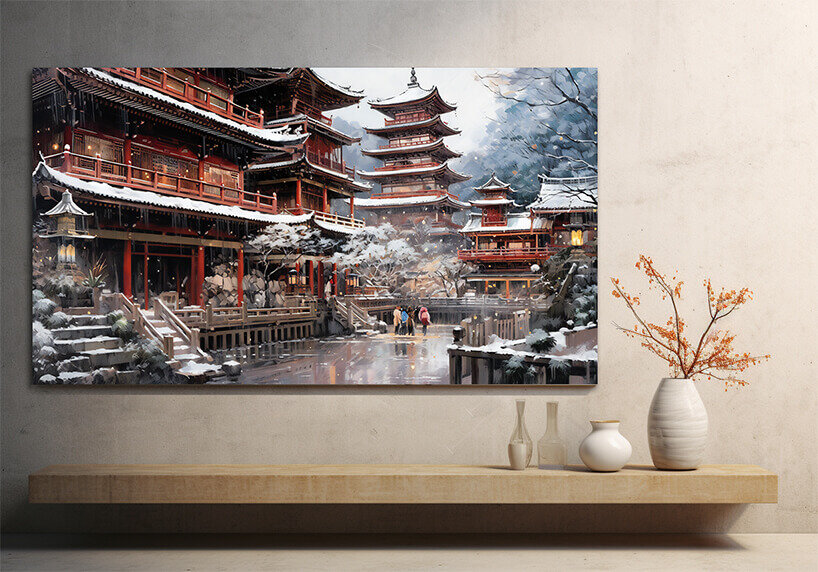
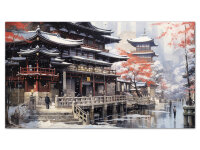
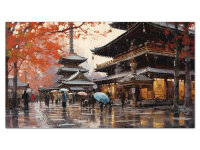
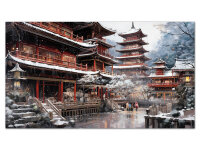










-from-the-yakiyaki-grill-pan.jpg)




